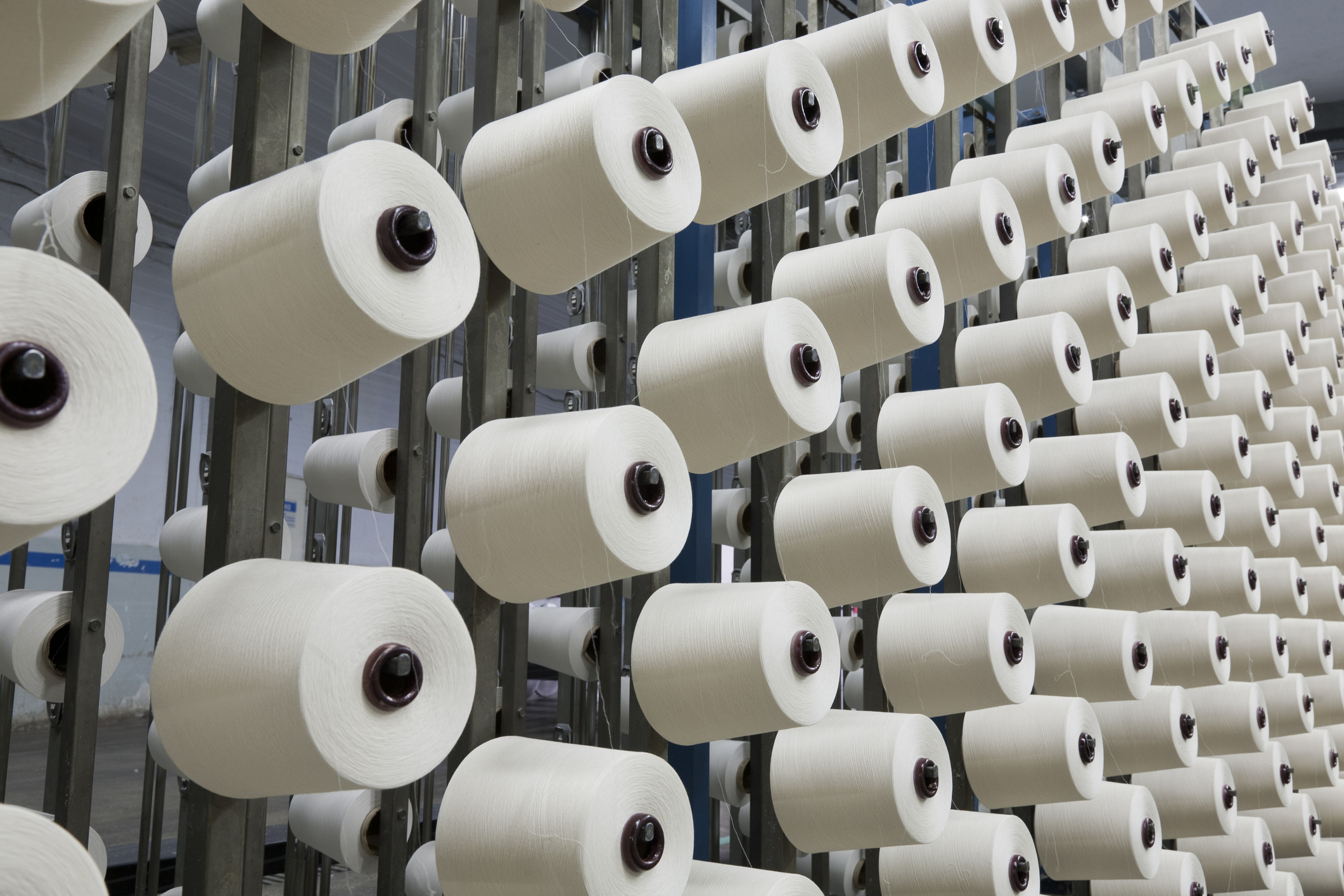RECENT PRICE MOVEMENT
All benchmark prices increased over the past month.
- The Nearby March NY/ICE futures contract increased from 115 to 127 cents/lb. Open interest has been migrating out of March and into the May contract. Current prices for May futures are near 124 cents/lb.
- Values for the December 2022 NY/ICE contract, which reflect price expectations after the next harvest (2022/23 crop year), rose from 94 to 106 cents/lb. Despite the increase, values for December are still about 20 cents/lb lower than the nearby contract (2021/22 supply).
- The A Index increased from 129 to 141 cents/lb. Current values are the highest since 2011.
- The China Cotton Index (CC 3128B) increased by a smaller margin. The CC Index rose from 160 to 163 cents/lb in international terms. In domestic terms, values climbed from 22,500 to 22,800 RMB/ton. The RMB was relatively steady against the dollar over the past month, near 6.37 RMB/USD.
- Indian spot prices (Shankar-6 quality) rose from 126 to 133 cents/lb or 72,700 to 78,000 INR/candy. Over the past month, the INR was relatively steady against the dollar, near 75 INR/USD.
- Pakistani spot prices climbed from 127 to 140 cents/lb. In domestic terms, prices climbed from 18,300 to 20,200 PKR/maund. The PKR strengthened slightly from 176 to 174 PKR/USD over the past month.
SUPPLY, DEMAND, & TRADE
The latest USDA report featured a decrease in world production (-803,000 bales to 120.2 million) and a slight increase in mill-use (+186,000 bales to 124.4 million bales). Revisions to historical estimates raised 2021/22 beginning stocks +242,000 bales (to 88.7 million). The net result for 2021/22 ending stocks was a -701,000 bale decrease to 84.3 million.
At the country-level, the biggest changes to production included those for India (-500,000 bales to 27.0 million), Tanzania (-345,000 bales to 255,000), and Iran (+140,000 bales to 400,000).
For mill-use, the only revision over 100,000 bales was for Iran (+150,000 bales to 750,000).
The global trade forecast was lowered -119,000 bales to 46.4 million. In terms of imports, the largest changes included those for China (-250,000 bales to 9.5 million) and India (+100,000 bales to 1.1 million). In terms of exports, the largest changes included those for the U.S. (-250,000 to 14.8 million), Tanzania (-150,000 bales to 150,000), Brazil (-100,000 bales to 8.2 million), Australia (+300,000 bales to 4.3 million).
PRICE OUTLOOK
The upward trend in cotton prices continues, despite persistent estimates indicating that global cotton stocks are higher than before the pandemic. In 2017/18 and 2018/19, global cotton stocks were 81.2 and 80.1 million bales. Average prices for the A Index during those two crop years were 88 and 84 cents/lb. Ending stocks in 2021/22 are forecast to be 84.3 million bales, and current values for the A Index are 140 cents/lb.
Stocks are also forecast to be higher for the world-less-China in 2021/22 (48.1 million bales versus 43.2 million in 2017/18 and 44.4 million in 2018/19). In China, 2021/22 stocks (36.2 million bales) are projected to be near the levels from 2017/18 (38.0 million) and 2018/19 (35.7 million).
The unprecedented volume of stimulus that followed COVID and the shipping crisis are all distortions that can explain some of the deviation in the historical relationship between stocks and prices. Given the size of the discrepancy, some attention should be paid to where global cotton stocks are located.
China is the world’s largest warehouser and is expected to hold 43% of global stocks at the end of 2021/21. Ahead of the holiday, it was consistently reported that gins in Xinjiang were having difficulty selling to mills or traders due to differences in price expectations. After paying elevated prices for seed cotton, Chinese gins have been complaining they would suffer losses if they sold downstream at the levels the market has been asking. This has meant that the flow of domestic fiber in China has been slow.
USDA figures show that Brazil should hold the second-largest volume of stocks at the end of the crop year. However, that is due to the timing of the Brazilian harvest relative to the end of the international crop year and is not a reflection of surplus fiber available to the market. Nonetheless, the weather in both Brazil and Australia has been generally favorable, which promises a volume of fresh exportable supply in coming months.
India is the next largest location for stocks. There have been reports that Indian growers have been withholding seed cotton from gins speculatively, with hopes of taking further advantage of the upward trend in prices.
Delays in the flow of cotton in India and China may be contributing to feelings of scarcity. China and India are the world’s largest spinners. Imports can be substituted for domestic supplies to feed mills. However, the shipping crisis is an impediment facing shippers around the world. U.S. export shipments are down 43% year-over-year crop-year-to-date. With challenges in securing trucks and ships, it remains to be seen if the U.S. will meet the lowered forecast for exports this crop year.
High prices suggest an increase in acreage and production around the world in 2022/23. There is more uncertainty on the demand side. Stimulus is scheduled to be withdrawn in several major consumer markets. At the same time, general inflation and price increases for apparel and other finished textiles threaten downstream demand.
Monthly Economic Letter – February 2022
Disclaimer: The information contained herein is derived from public and private subscriber news sources believed to be reliable; however, Cotton Incorporated cannot guarantee its accuracy or completeness. No responsibility is assumed for the use of this information and no express or implied warranties or guarantees are made. The information contained herein should not be relied upon for the purpose of making investment decisions. This communication is not intended to forecast or predict future prices or events.
